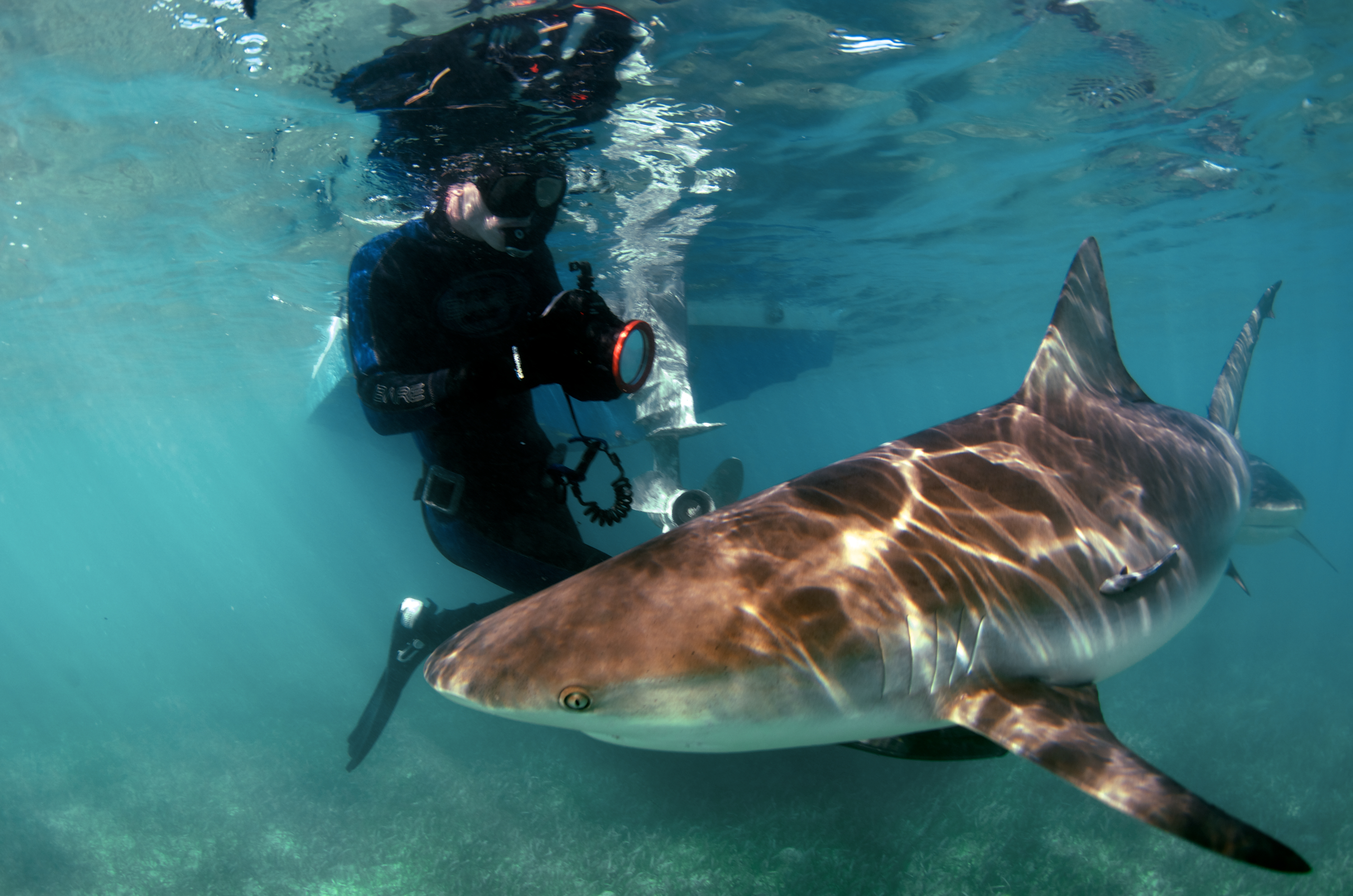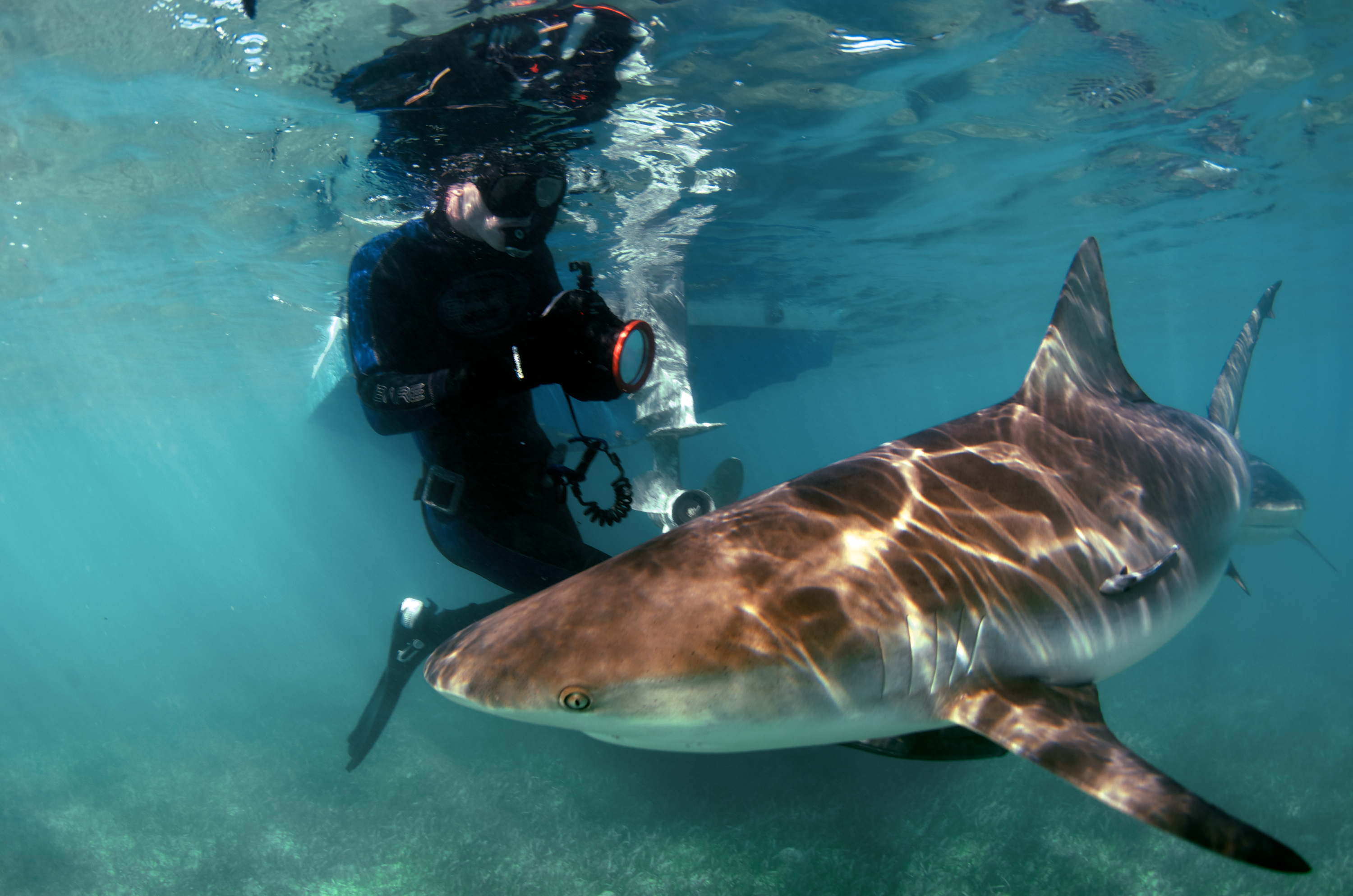

Using fishers’ knowledge to protect sharks: Exploring the current and historical shark population in Curaçao, Dutch Caribbean
Future of Curacao
In 2015, the Yarari Shark and Marine Mammal Sanctuary was introduced throughout the Dutch Caribbean. This foundational step protects sharks around the islands of Saba and Bonaire. However, sharks and rays remain completely unprotected around the island of Curaçao even though anecdotal evidence strongly suggests ongoing shark catches. Elderly members of the fishing community also confirm a much greater shark abundance in the past.
To steer attention towards the implementation of shark conservation efforts in Curaçao solid information about the current and historical abundance and diversity of sharks in this region is needed.
To get this data, we teamed up with the shark experts of the island: Local fishers. Fishers spend a great deal of their lifetime at sea where they observe species and changes every day. Their knowledge is extremely valuable, especially considering historical trends. Through interviews with fishers of several generations, we gathered information about their shark catches. This includes species, catch locations and the fisher’s motivation behind the catch – both nowadays and at the start of their career. Through these insights we can identify changes in shark catches over time – valuable information that indicates which shark species are currently present and whether they have been declining, increasing or changing habitats since the 1960s. To validate fishers’ knowledge, we simultaneously work with Baited Remote Underwater Video systems (BRUVs) that record shark abundance at several locations around the island.
As we speak to fishers, we also begin to understand their motivation for catching sharks. Whether this is purely financial, social, and/or cultural – the community’s needs and perspectives need to be included in future conservation plans. Local fishers will be most affected by future regulations. To prevent the disruption of local livelihoods through shark conservation, we need to think of proper alternatives for the community – together with the community. Therefore, a vital part of this project is the creation of a healthy and respectful partnership between researchers and fishers through open communication and involvement.
We hope that through this inclusive, interdisciplinary and foremost sustainable conservation approach, we can create a safe haven for sharks and rays in Curaçao!
Background Information
Project Goals
- Establish the current status of elasmobranchs in Curaçao including species abundance and diversity
- Establish a historical baseline as a reference point for future conservation plans
- Establish species-specific abundance trends: Which species are in decline and since when?
- Establish socio-economic and cultural reasons behind shark catches
- Find creative, sustainable alternatives to shark catches (e.g. compensation)
Overarching: Implement sustainable shark conservation in the area
Duration of the Project
The project started as a Master’s research project in May 2022 at the University of Groningen. It is the university’s intention to continue this project and reach the overarching goal of sustainable shark conservation in Curaçao by providing necessary data to authorities.
Location
The island of Curaçao is located in the Dutch Caribbean.

© Lisa Hübner
Involvement
- Lisa Hübner, MSc Marine Biology Student, University of Groningen
- Guido Leurs, PhD candidate and supervisor of the project, University of Groningen
- Laura Govers, supervisor of the project, University of Groningen
- Lisa Bruil, MSc Marine Biology Student, University of Groningen
- Ise Grimm, MSc Marine Biology Student, University of Groningen
- Javier Diaz, local expert and contact point
- Frensel Mercelina, translator, local expert and contact point
- Stichting Uniek Curaçao, local collaborator
Preliminary results
- Decline in shark abundance since 1960s
- Shark habitat has been reduced to the northern regions
- At least 15 shark species found in the area
- First ever recorded silky shark in Curaçao’s waters
- Shark catches are mainly by-catch
- Main motivator for landing a shark: Fear of financial consequences due to gear loss

© Lisa Hübner
Project Timeline
2022
- First 3-month expedition to Curaçao
- Conducted 25 interviews with local fishers
- Deployed 58 BRUVs
2023